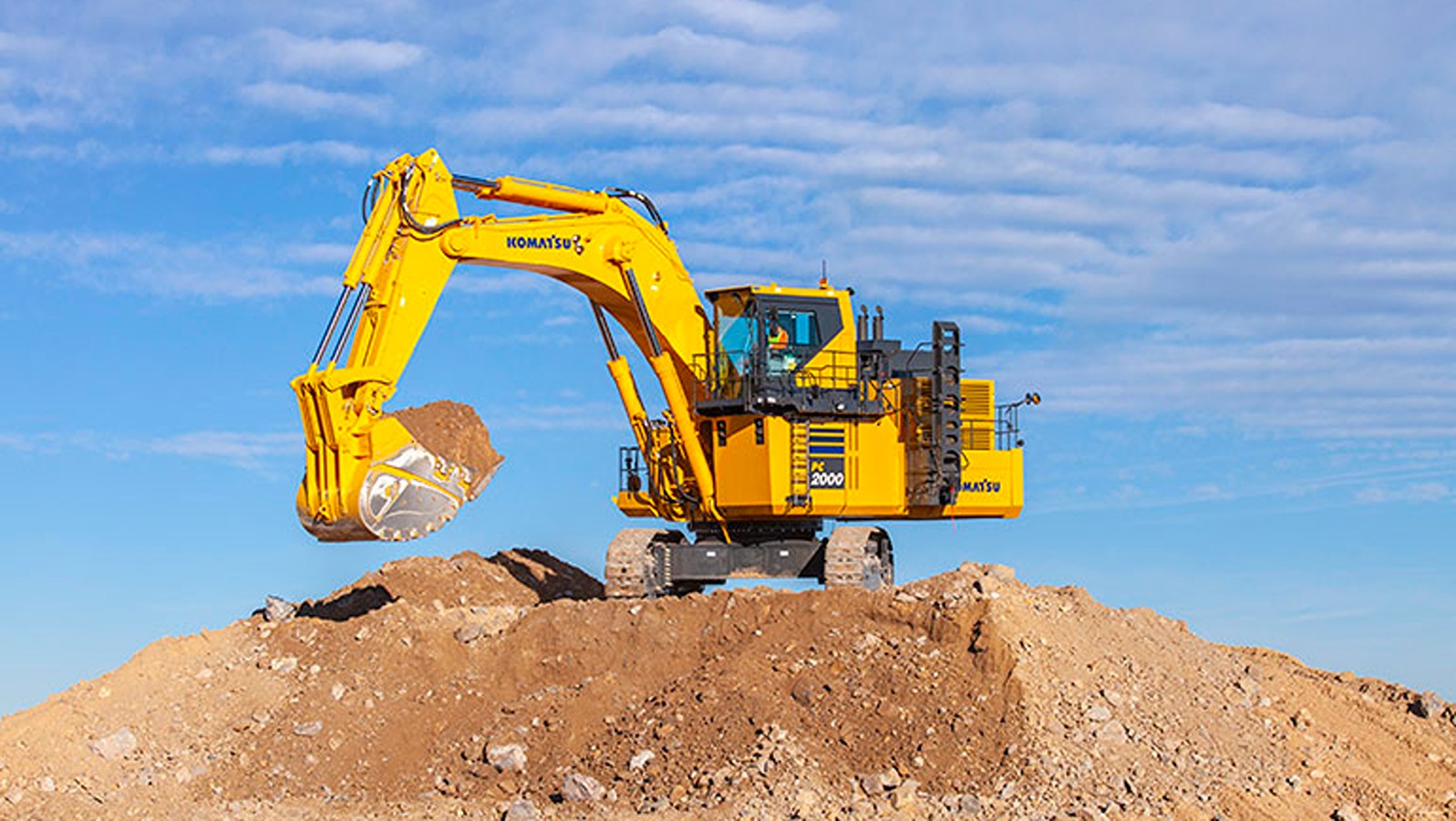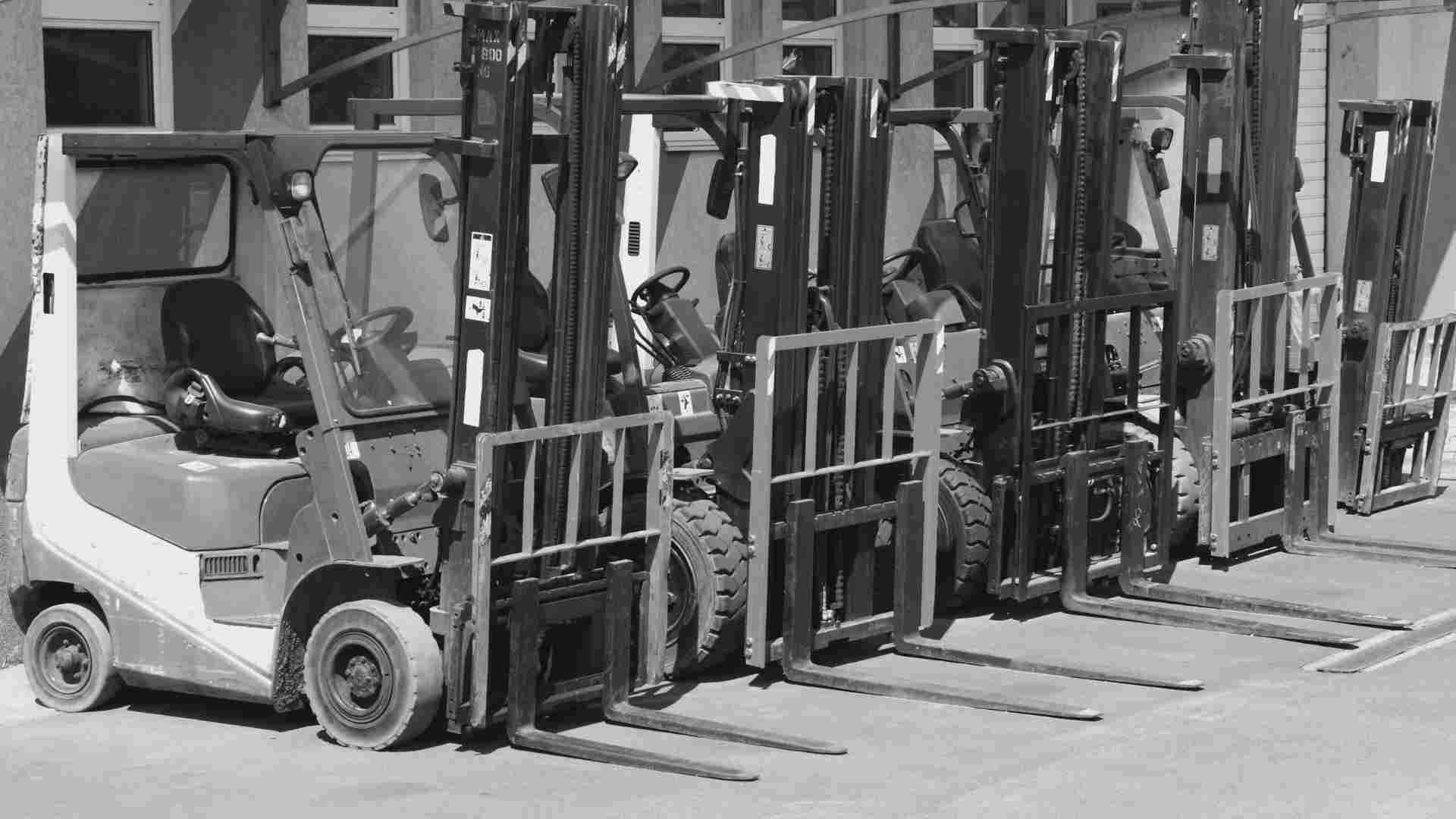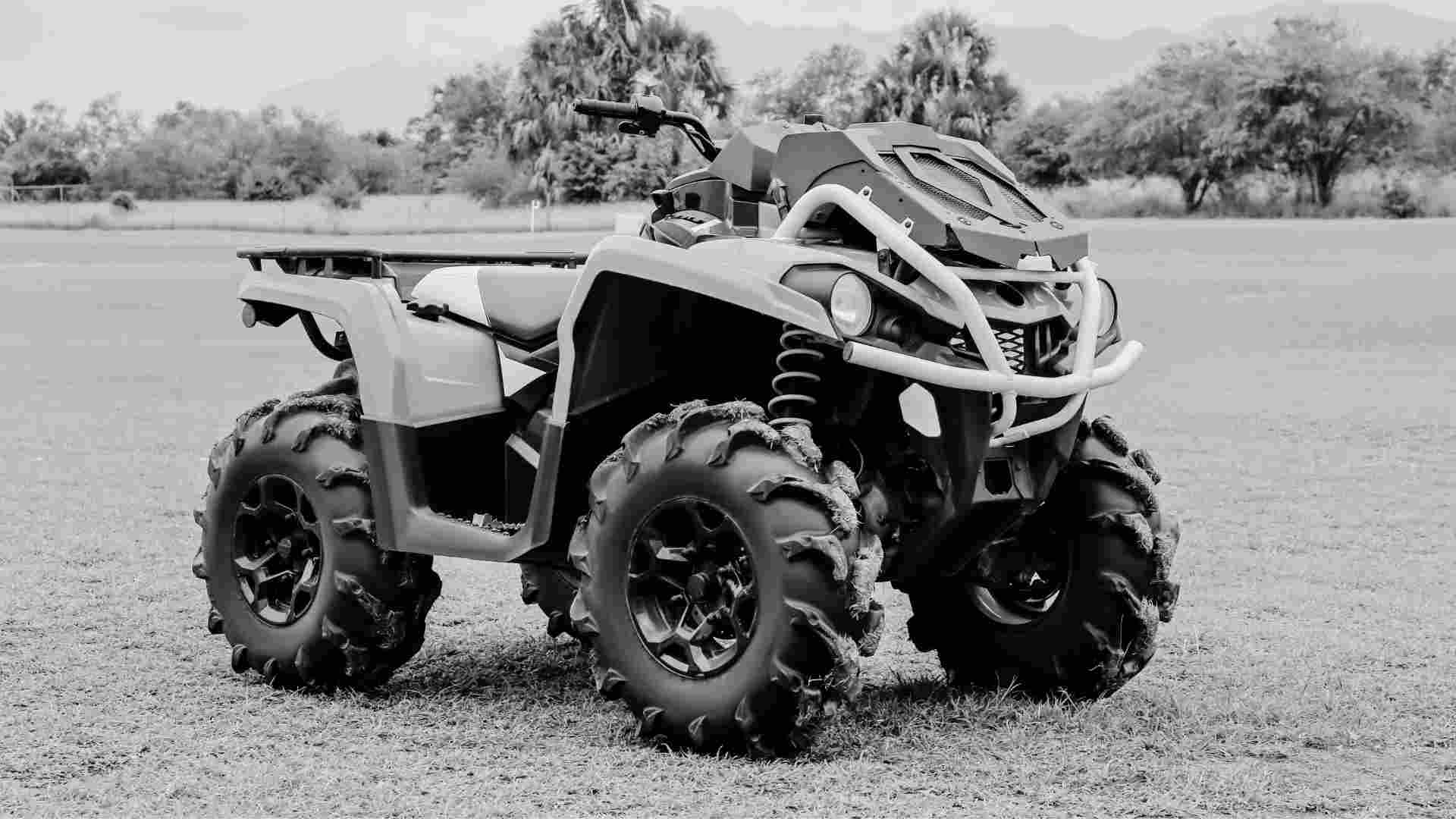The ultimate guide to forklifts
Forklifts, also known as lift trucks, are essential machines used across various industries for material handling, lifting and transporting heavy...
|
|
Machinery Pre Starts
|
|
|
Risk Management &
|
|
|
Document Management
|
|
|
Dashboards & Reporting
|
|
|
Machinery Risk Assessments
|
|
|
Service & Maintenance
|
|
|
Safe Operating Procedures
|
|
|
MySite
|
|
|
View All Features |

When we inspect a hydraulic excavator using Plant Assessor, the first thing we need to do is to enter the make and model of the machine, and its unique identifier (serial number). The best place to start is by locating the manufacturer’s machine identification plate.
For most excavators the manufacturers ID plate is on the outside of the operator platform/cabin adjacent the boom connection point. The serial number is generally on the plate however if not it will be stamped on the chassis in this area. Sometimes you will need to wipe off grease or dirt to see it.
Next you will need to identify and select the machine’s features and attachments. This is a simple check box process in Plant Assessor. Once that is complete, it is time to consider the specific controls required to manage the hazards and risks on your machine.
Plant Assessor walks you through consideration of various “families” of controls specific to the machine you are inspecting. The questions are grouped logically, which helps streamline the inspection process
Here are some tips to help make sure you get it right when inspecting hydraulic excavators:
| Risk/Control Area | Tip |
| Hydraulic Hoses |
All hoses must be free from damage and wear. Hoses located within the vicinity of operator position(s) must be considered in light of the risk that hose and or hydraulic oil could come in contact with the operator in the event of failure. Glass is not considered an appropriate guarding material. |
| Quick Hitches |
Firstly, determine what type of hitch is on the machine (see our recent guidance relating to quick hitches) Secondly, answer the questions relating to the locking mechanism(s) located on/in the hitch. Thirdly, consider the operation of the hitch controls in the cab (if relevant), and consider the safeguards against accidental operation – addressing the specific requirements set out in AS4772 Earthmoving Machinery – Quick hitches for excavators and backhoes. Lastly, if in NSW, consider the specific requirements of the revised WorkSafe NSW Position Paper. |
|
Access & Egress Working at Heights |
Consider risks associated with getting on and off the machine. Not just the operator area but the engine area as well. Key things to look for include:
The area adjacent the engine cover will often need to be accessed to complete daily pre-op checks. If this is the case, it is considered a work area and two things must be considered:
|
| Safe Lifting |
Does the machine have a point from which to lift freely suspended loads? This is generally on the front of the quick hitch (if one is fitted). If this is present then there are 4 requirements as prescribed by AS1418.8 Cranes, hoists and special purpose appliances (section 5).
For more information on lifting capacity of earthmoving equipment see our specific guidance material |
| Neutral start control |
In order to prevent unintended movement at startup, a neutral start control is a requirement for any machine, however on excavators you must ensure that both travel and other operation controls are deactivated when start up is taking place. Many machines isolate the upper carriage controls only, allowing for travel during start up. It is important when testing neutral start controls to ensure no one can be injured if the machine was to move/operate when the test is undertaken. We recommend setting up an exclusion zone and using a spotter. |
| Labelling |
Whilst there are extensive label requirements for most machines, the two key labels on an excavator are:
These are key risk areas as a potential consequence of contact with overhead or underground services is death. |
|
Protective Structures: ROPS (Rollover) FOPS (Falling Objects) TOPS (Tip Over) |
Excavators used to be considered exempt from ROPS. The reasoning behind this is a little complicated, and related to the wording of AS2294 Earthmoving Machinery – Protective Structures. References to this standard have now been deleted from WHS legislation, and new provisions introduced into the States and Territories that have adopted harmonised legislation (regulations 215 and 217). Plant Assessor requires consideration of a number of specific ISO standards covering these controls. These essentially require the inspector to locate and read the manufacturers plate to determine to what standards the cabin or other structure is compliant. If you cannot find the compliance plate, then you must consider the cabin to be non-compliant. If a machine is not fitted with these protective structures then each time the machine is moved to a new job or site a risk assessment must be undertaken which considers rollover, falling objects and tipping. |
| Lights, beacon & movement alarm |
As with all machines visibility is critical. The operator needs to be able to see in low light situations, and personnel working in the vicinity of the machine need to be aware of the machine’s presence and movement. If any light or the machine’s movement alarm is damaged, not working or missing then you must answer NO and provide details in the comments section. |
| Structural |
As with all machine inspections looking for and identifying structural damage is as important as it is difficult. Talking with the operator and maintenance staff is one simple way to unearth damage that you might not see. If any damage is discovered, then a risk assessment must be carried out to consider if any action is required. Follow these steps:
|
Whilst this is not a comprehensive list of issues requiring attention when conducting a plant risk assessment on a hydraulic excavator, it covers many of the higher risk issues.
We will consider other types of plant & equipment in future articles.
In the meantime, if you wish to learn more about how to better manage your plant & equipment safety, please contact us.
Disclaimer: This information is intended to provide general information on the subject matter. This is not intended as legal or expert advice for your specific situation. You should seek professional advice before acting or relying on the content of this information.

Forklifts, also known as lift trucks, are essential machines used across various industries for material handling, lifting and transporting heavy...

We all know machinery and its operation can be inherently dangerous.

The Queensland Government has changed regulations relating to the use of quad bikes in workplace settings within the state.